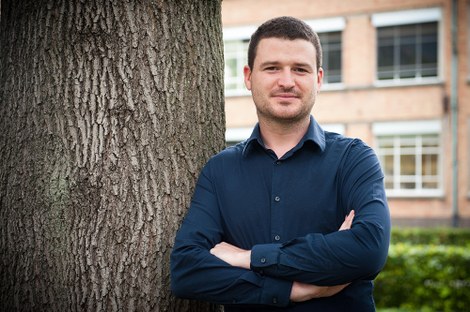Everyone living to 100! - Tim De Meyer
Human life expectancy keeps increasing. This is the hard-won result of more prevention and improved medical interventions.
But what if we discover the actual cause of aging? And what if we can combat aging with the latest high-tech methods?
Then, by 2050, a life expectancy of 100 years has become the new normal.
Why do we age?
Few scientific enigmas have waited so long for an answer as the simple question, "Why do we age?"
Many theories have since been refuted, but more often we lacked the methods to test them properly.
This has changed by 2050, particularly due to the presence of inexpensive high-throughput technologies to chart our DNA, RNA, proteins...
By combining these biological big data with innovative data-analytic methods, also developed at our faculty, a new arsenal of strategies has allowed us to gain real insight into aging.
Aberrant cells
For example, small fractions of genetically aberrant cells are present in the blood of healthy people. Such abnormalities continuously develop in blood stem or progenitor cells, yet some have been found to lead to faster proliferation.
Whereas a higher fraction of such cells facilitates experimental detection, it also enables some abnormalities to have a detrimental effect. For example, mice with only blood cells featuring one specific genetic abnormality rapidly develop atherosclerosis.
Moreover, as we age, the fraction of these aberrant cells increases, which is in turn linked to a greater risk of cardiovascular disease.
By 2050, the elaborated characterization of increasingly smaller (sub)populations of abnormal cells through progressively better experimental and data-analytical methods has provided a (part of the) answer to the aging enigma.
Ageing associated diseases
Increased life expectancy is, of course, not an end in itself, but the immediate consequence of our goal to reduce aging associated diseases.
By 2050, this too has become possible, as we know their cause.
For example, new generations of cancer therapies specifically targeting tumor cells have been modified to also eliminate aging associated aberrant cells.
While significantly increasing life expectancy also leads to social problems, these will soon be just a side effect of our goal to end every story with “and they lived happily ever after”.

